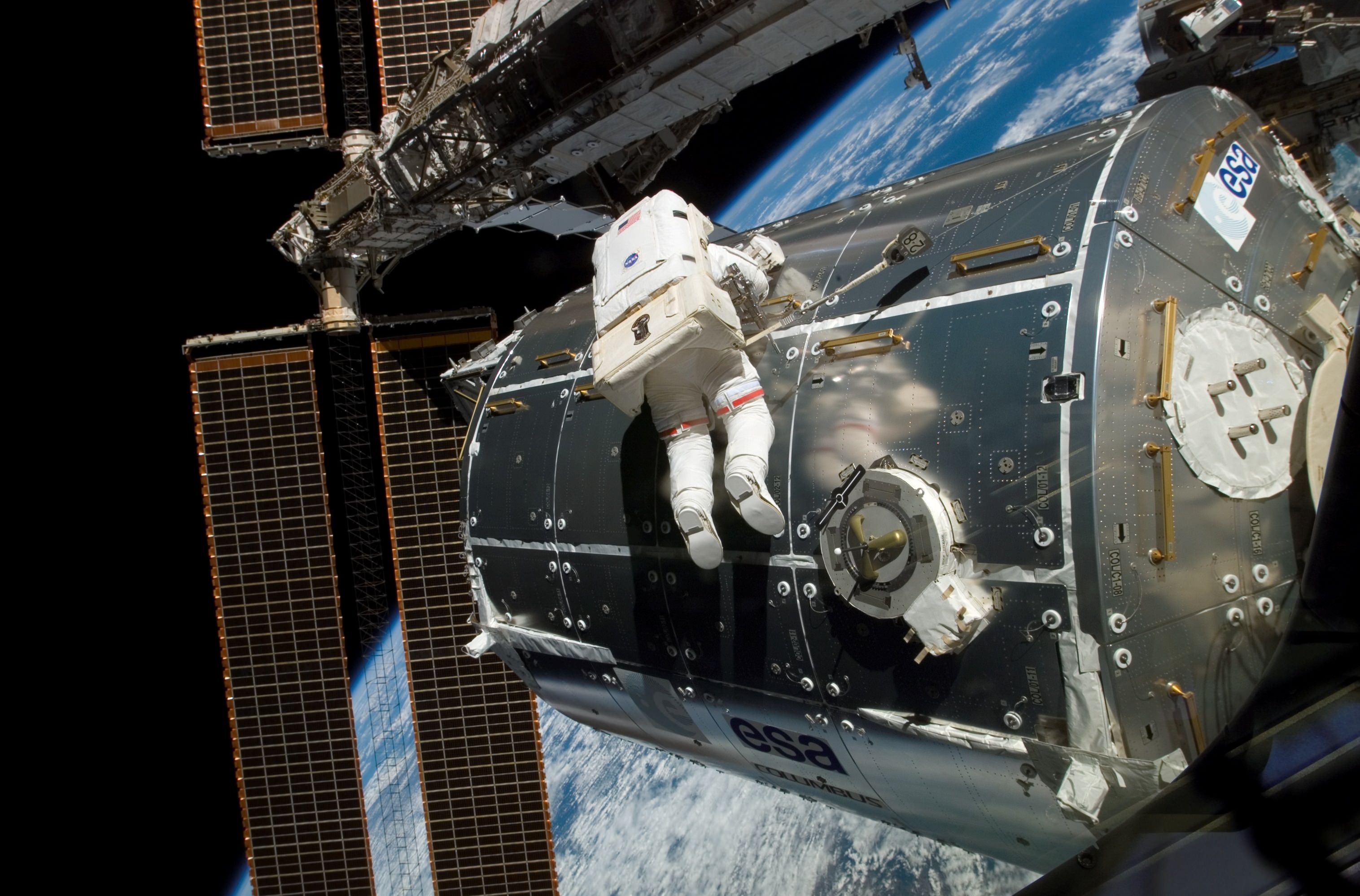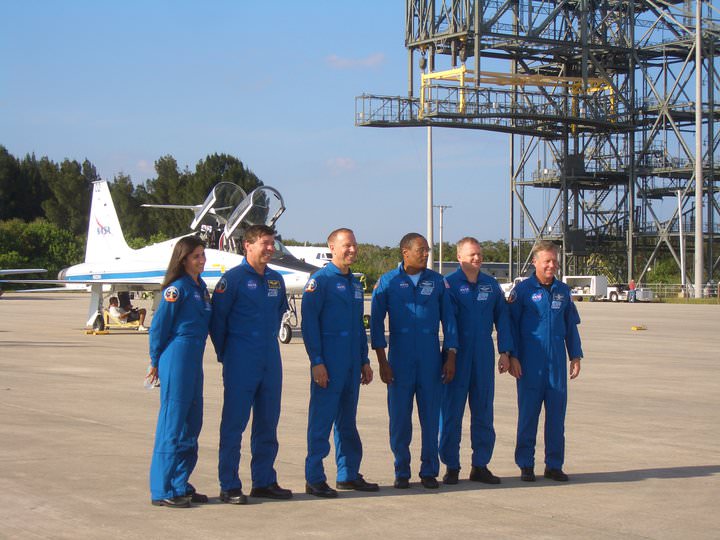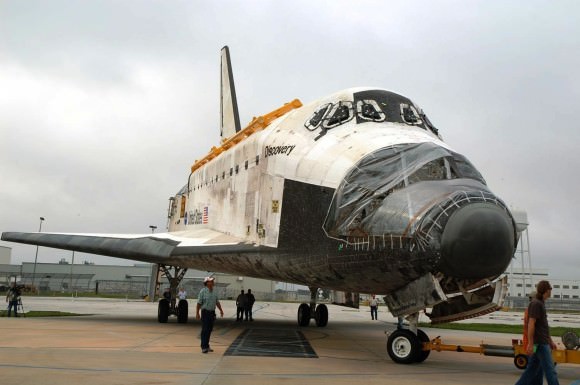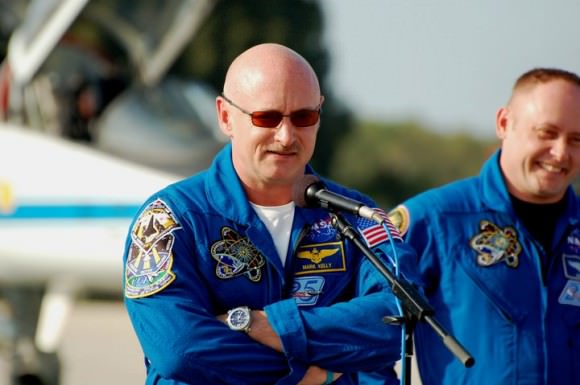Need a part on the International Space Station? You’re going to have to wait for that. That is, wait for the next spaceship to arrive with the critical tool to make a repair, or replace something that broke. You can imagine how that slows down NASA’s desire for science on the orbiting laboratory.
Enter the first orbiting “machine shop”: a 3-D printer that was just installed in the station’s Columbus laboratory this week. If the printer works as planned, astronauts will be able to make simple things based on instructions from the ground. Over time, the agency hopes this will save time and money, and reduce the need to rely on shipments from Earth. And keep an eye out in 2015: two other 3-D printers are scheduled to join it.
As NASA aims to send astronauts to an asteroid and perhaps to Mars, the need to manufacture parts on site is critical. Sending a valve to Phobos isn’t an easy proposition. Much better that future crews will make stuff on the spot, and NASA says the space station will be a good spot to test this kind of stuff out. Adding motivation is a National Research Council report from this summer urging NASA to start 3-D printing testing as soon as possible, since the station (as of yet) is only funded by all partners through 2020. Negotiations are ongoing to extend that to 2024.
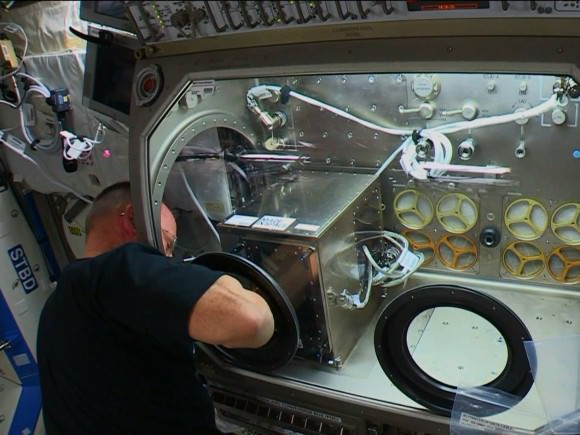
“Additive manufacturing with 3-D printers will allow space crews to be less reliant on supply missions from Earth and lead to sustainable, self-reliant exploration missions where resupply is difficult and costly,” stated Jason Crusan, director of NASA’s advanced explorations systems division at NASA headquarters in Washington. “The space station provides the optimal place to perfect this technology in microgravity.”
But don’t get too excited yet; astronauts aren’t going to make screwdrivers right away. The first step will be calibrating the printer. Then, the first files (mainly test coupons) will be printed and sent back to Earth to make sure they meet up to standards compared to identical samples printed on the ground with the same printer.
Made In Space Inc. manufactured this printer (which arrived on station in September) with the aim of sending up a more advanced version in 2015. In a statement, the company said it is “gratified” that the printer is ready to go in space. Any science collected on it will inform the design of the new printer, “which will enable a fast and cost-effective way for people to get hardware to space,” the company added.
And guess what: there is yet another printer that will be launched to the space station next year. Called the POP3D Portable On-Board Printer, the European Space Agency promises that the tiny machine — less than half the diameter of a basketball — will be able to print a plastic part in about half an hour.
The prime contractor for this printer is Italian company Altran. POP3D will reach the station in the first half of next year, ideally while Italy’s Samantha Cristoforetti is still doing her Futura mission in space (which starts this Sunday, if the launch schedule holds.)

